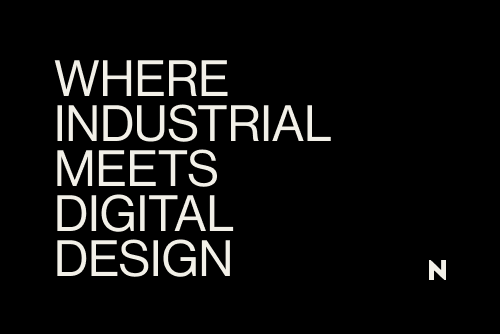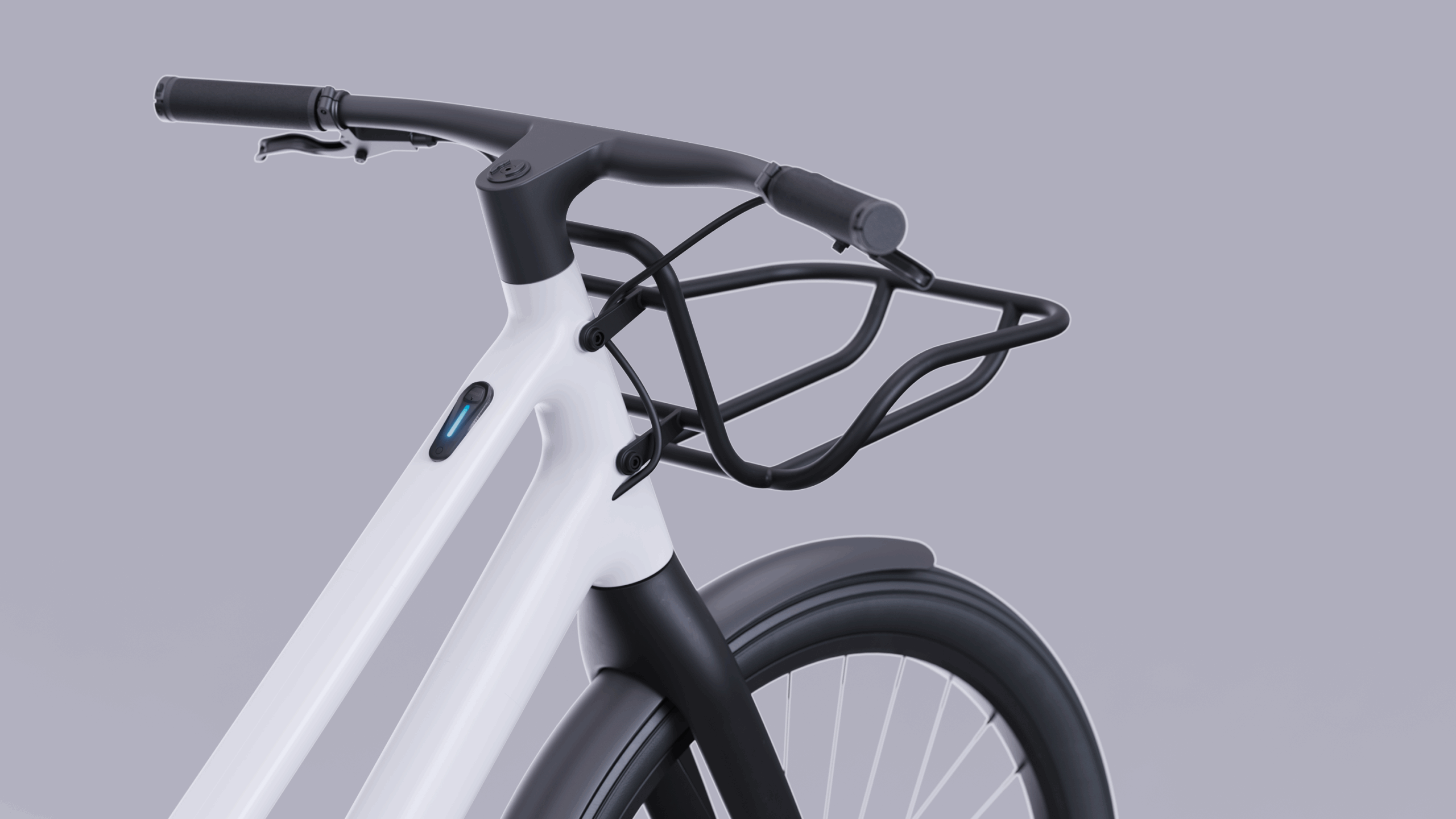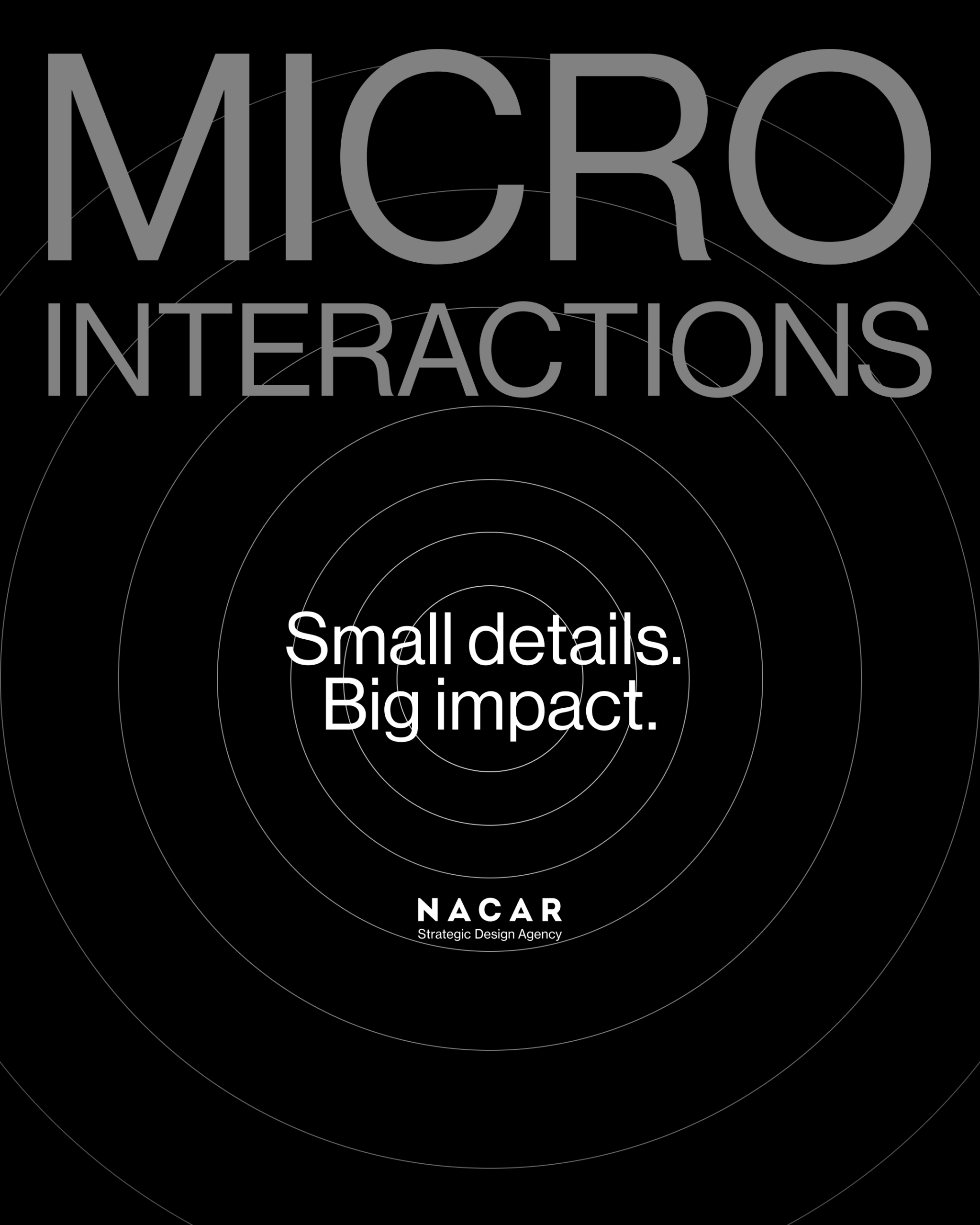
Dark mode design: Advantages and best practices for implementation
- Nacar Design Team
Learn more about this new trend in this article by NacarDesign.
In recent years, dark mode has gained popularity in web design and apps. Beyond being an aesthetic trend, this mode offers several benefits for both users and designers. With its modern style and ability to enhance the user experience, dark mode is an increasingly expected feature.
However, its implementation requires planning to ensure it contributes to usability and doesn't just follow a passing trend. Learn with NacarDesign what dark mode is, as well as its advantages and disadvantages.
What is dark mode?
Dark mode, also known as "night mode," is a color scheme that uses light text and visual elements on dark backgrounds. Unlike light mode, where the background is bright and the text is dark, dark mode focuses on contrast, making it easier to read without straining the eyes.
This design is especially popular among users who spend long hours in front of screens in low-light environments, as it reduces visual fatigue and makes it more comfortable to use devices at night. For web designers and app developers, incorporating this mode can transform the user interface and make it more appealing to a broad audience.

Advantages of dark mode
The benefits of dark mode go beyond aesthetics. For users, one of the main advantages is the reduction in visual strain. In low-light environments, bright screens often cause discomfort, but dark mode allows the eyes to adjust more easily, which favors prolonged use without discomfort. Another important benefit is battery optimization. On OLED and AMOLED screens, where dark pixels consume less energy, dark mode can extend the battery life of mobile devices, a key factor for those who use their devices for long periods. For designers, dark mode also offers new opportunities to play with contrast and direct the user's attention to key elements, such as call-to-action buttons or images, highlighting them against the dark background and creating a more engaging experience.
Enhanced user experience
By reducing clutter, minimalist apps provide users with a seamless and focused experience. Intuitive interfaces enable users to find information or complete actions without confusion.
Disadvantages of dark mode
While the benefits of dark mode are clear, it is not without its disadvantages. One significant challenge in its implementation is ensuring that text is legible for all users, especially if the contrast between the background and the text is too strong. Dark mode is not suitable for all types of content; for example, bright images or vibrant colors can lose their vibrancy when viewed on a dark background.
Another challenge is accessibility. Some users may find text in dark mode harder to read, especially if a proper balance between the text color and the background is not found. Additionally, not all websites and apps are optimized for this mode, which can create an inconsistent experience.
Despite these drawbacks, the option to switch between dark mode and light mode based on personal preferences or the usage environment can mitigate many of these issues, increasing user satisfaction and engagement.
How to implement dark mode
For successful integration of dark mode, it is important to follow certain best practices to ensure an optimal user experience:
Ensure good contrast: The contrast between the text and the dark background should be adequate to make reading easy without straining the eyes. White or light gray text on a black or dark gray background is generally effective.
Optimize readability: It is essential to choose legible fonts for both modes and adjust the size and spacing of the letters to improve legibility.
Allow user control: Offering the option to toggle between dark mode and light mode is key, as many users prefer one mode or the other depending on the time of day or environment.
Adjust images: Images may appear less vibrant in dark mode. It is necessary to test how they look and adjust the lighting or opacity of the images to improve integration with the dark background.
Perform testing and adjustments: It is important to test how the user interface behaves in both modes and gather feedback for continuous improvements.
Why dark mode matters in web and app design
Adopting dark mode can set your website or app apart, as it has become a standard feature due to the growing preference of users. Its benefits include improving accessibility, saving battery, and providing visual comfort. Implementing it correctly optimizes the user experience, enhances functionality and aesthetics, and increases interaction and user satisfaction.
Dark mode offers advantages such as reducing visual strain and saving battery. To be effective, it is essential to follow best practices, such as ensuring good contrast and allowing users to choose between light mode and dark mode. Its adoption is becoming increasingly common and has become an essential feature for any modern website or app, creating more intuitive and user-friendly experiences in a competitive digital environment.


Moulded thermoplastic composites; lightweight and recyclable. The BCPR project.
